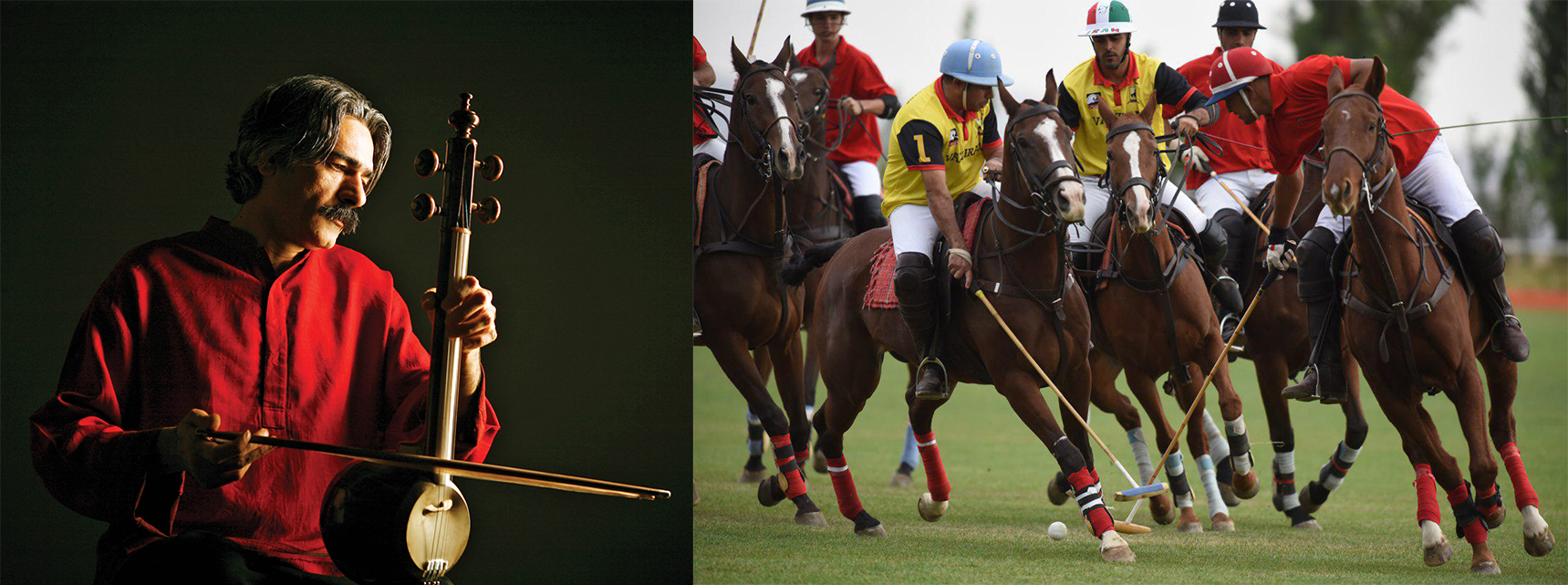Iran’s proposals for Chogan (Persian for polo) and Kamancheh (a bowed string musical instrument) were approved at the 12th session of UNESCO’s Intergovernmental Committee for Safeguarding Intangible Cultural Heritage, held on Jeju Island, South Korea, on Dec. 4-9.
“Following the inscription, the number of Iran’s intangible cultural heritage in the global list increased to 13,” Mohammad Hassan Talebian, heritage deputy at Iran’s Cultural Heritage Handicrafts and Tourism Organization, said.
“Among all proposed elements, Chogan received considerable attention from global representatives,” IRNA quoted him as saying.
Talebian said the case of Kamancheh, however, was jointly filed with Azerbaijan.
“Drawing up a joint dossier is more important to UNESCO than one single state filing a case for official registration, because it strengthens ties and promotes peace between countries,” he added.
Chogan is a team sport played on horseback in which the objective is to score goals against an opposing team by driving a small white plastic or wooden ball into the opposite team’s goal using a long-handled mallet.
The game was first played in Iran in the 4th century during the rule of Persian Emperor Shapur II of Sassanid dynasty. It is accompanied by traditional music and storytelling.
Symbolically speaking, Chogan is considered as an emblem of creative art and valiancy in Iranian culture, strongly backed by the country’s rich fields of art, including literature, miniature, painting, storytelling, poetry and mysticism.
Kamancheh has a big share in Iran’s classic and folklore music. Its historical background is reflected through Iran’s ancient monuments. In the Safavid and Qajar periods, the instrument was one of the most important instruments used in celebrations.
It is depicted in celebratory and war paintings ranging from Mongol and Timurid periods.
The process of making Kamancheh is not as challenging as other instruments and has contributed to its popularity among musicians.
A closer look at the number of UNESCO’s inscriptions in the past several years reveals that the organization’s criteria for admission of items on the world heritage list has become more stringent, for the number of approved dossiers have decreased from 90 in 2008 to 26 in 2017.
“Therefore, the inclusion of two files from Iran is a good tiding for the country,” Talebian said.
By December 9, a total of 33 elements have been approved for global inscription in the latest session, including Saudi Arabia’s Al-Qatt Al-Asiri (traditional interior wall decoration), Armenia’s Kochari, (traditional group dance), Azerbaijan’s Dolma (a dish) making and sharing tradition, Kazakhstan’s Kazakh traditional Assyk games and Turkmenistan’s Kushtdepdi rite of singing and dancing.
Other states that managed to register an item on the list included Bangladesh, Bolivia, Bosnia and Herzegovina, Ivory Coast, Cuba, Portugal, Germany, Greece, India, Indonesia, Ireland, Italy, Kyrgyzstan, Malawi, Mauritius, the Netherlands, Panama, Peru, Serbia, Slovakia, Slovenia, Switzerland, Vietnam and Lao People’s Democratic Republic.
Bulgaria, the former Yugoslav Republic of Macedonia, Republic of Moldova and Romania jointly inscribed an element along with the former Yugoslav Republic of Macedonia and Turkey which also inscribed a shared item.


